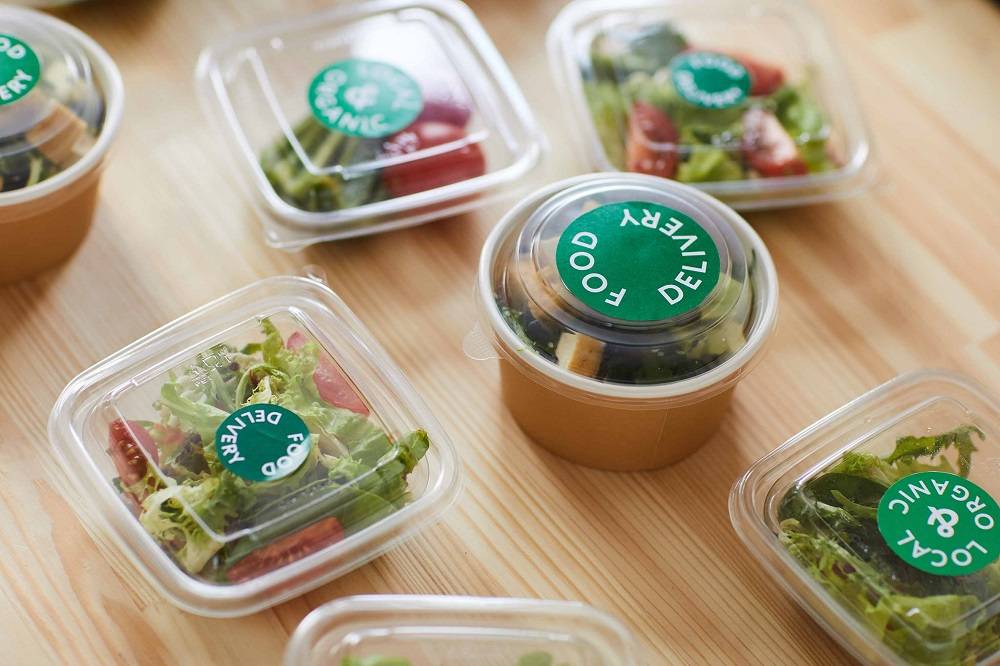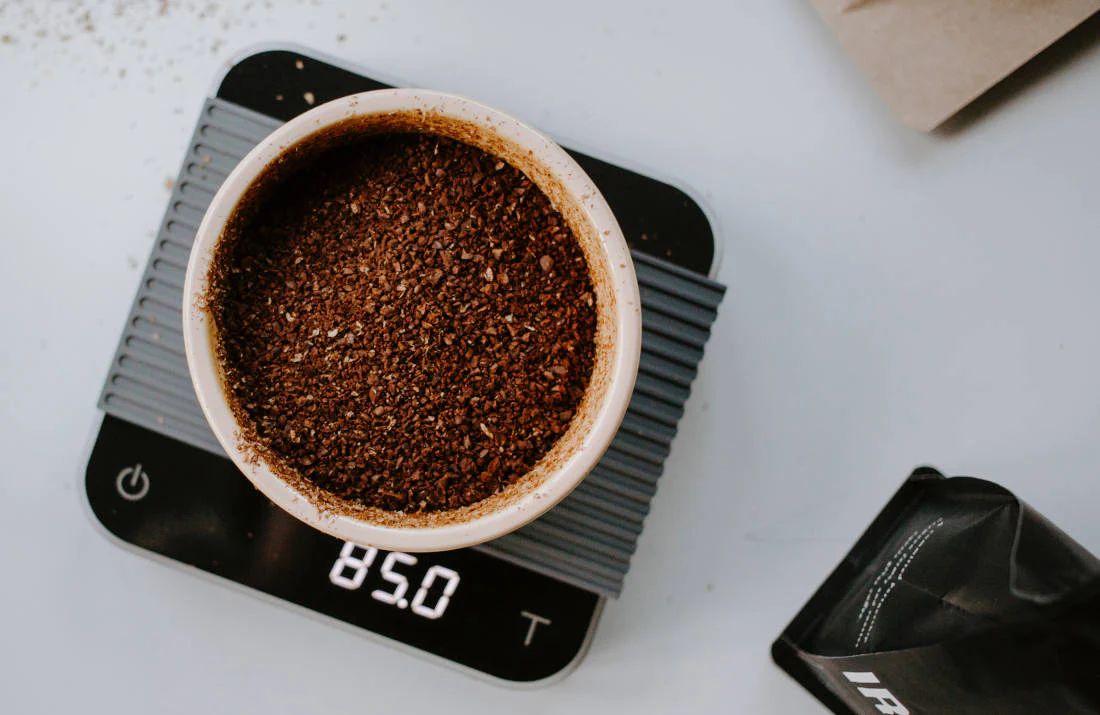With the increasing awareness of plastic waste on the environment, there has been growing interest in biodegradable food packaging as a more sustainable solution. Biodegradable food packaging offers a range of benefits, including reduced waste, lower carbon emission, and increased durability. In this article, we will explore the concept of biodegradable food packaging, the differences between traditional plastic packaging and biodegradable alternatives, and the benefits of using biodegradable food packaging.
Understanding Biodegradable Food Packaging
Biodegradable food packaging is created from materials that can naturally break down when exposed to certain conditions, such as sunlight or moisture. These materials include plant-based polymers, starches, and cellulose. The main feature of biodegradable food packaging is that it can decompose into natural elements, such as water and carbon dioxide, without leaving any harmful residues behind.
Traditional vs. Biodegradable Packaging
Traditional plastic food packaging, made from petroleum-based plastics, can take hundreds of years to break down in landfills, causing significant harm to wildlife and polluting the environment. In contrast, biodegradable food packaging is designed to break down naturally, reducing waste and minimizing environmental harm.
Another key difference is that traditional plastic packaging is not compostable, whereas biodegradable food packaging is. Disposable packaging is designed to break down completely into nutrient-rich soil, providing a valuable resource for agriculture.
Benefits of Using Biodegradable Food Packaging
Using biodegradable food packaging offers a range of benefits, both for the environment and for businesses. Reduced waste is one of the key benefits, as biodegradable food packaging is designed to break down naturally, reducing waste and minimizing environmental harm. This is particularly important in the food industry, where packaging waste can be a significant problem.
Lower carbon footprints are also a significant benefit of using biodegradable food packaging. The materials used to make biodegradable packaging are often sourced from renewable resources, such as corn or sugarcane, which require less energy to produce than petroleum-based plastics. This results in lower carbon emissions that positively impact the environment.
Increased durability is also an advantage of biodegradable food packaging. Many biodegradable packaging options are leak-proof and microwave-safe, making them ideal for use in the food industry.
Companies Making Efforts in Biodegradable Food Packaging
Numerous businesses have recognized the importance of reducing plastic waste and are making efforts to switch to biodegradable food packaging. For example, McDonald’s announced plans to source 100% of its coffee, palm oil, and fish from sustainable sources by 2020 and to use 100% renewable, recyclable, and certified fibre in its guest packaging by 2025.
Conclusion
Biodegradable food packaging offers a biodegradable solution to the problem of plastic waste in the food industry. It is designed to break down naturally, reducing waste and minimizing harm to the environment. Biodegradable packaging has a lower carbon footprint than traditional plastic packaging and is just as durable, making it a viable alternative for businesses. Many companies have recognized the importance of reducing plastic waste and are making efforts to switch to eco-friendly food packaging. As the world becomes increasingly aware of the importance of sustainability, biodegradable food packaging is likely to become an increasingly popular choice for businesses and consumers alike.



